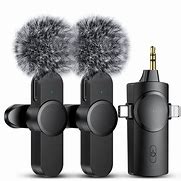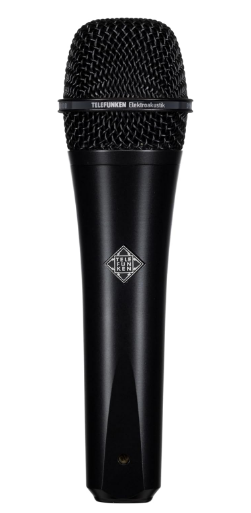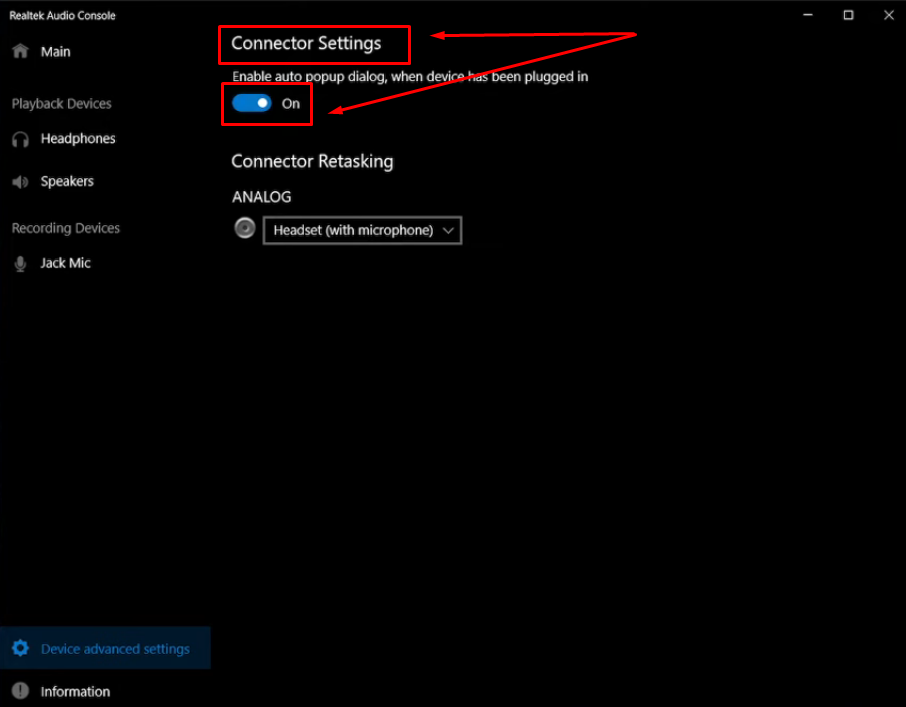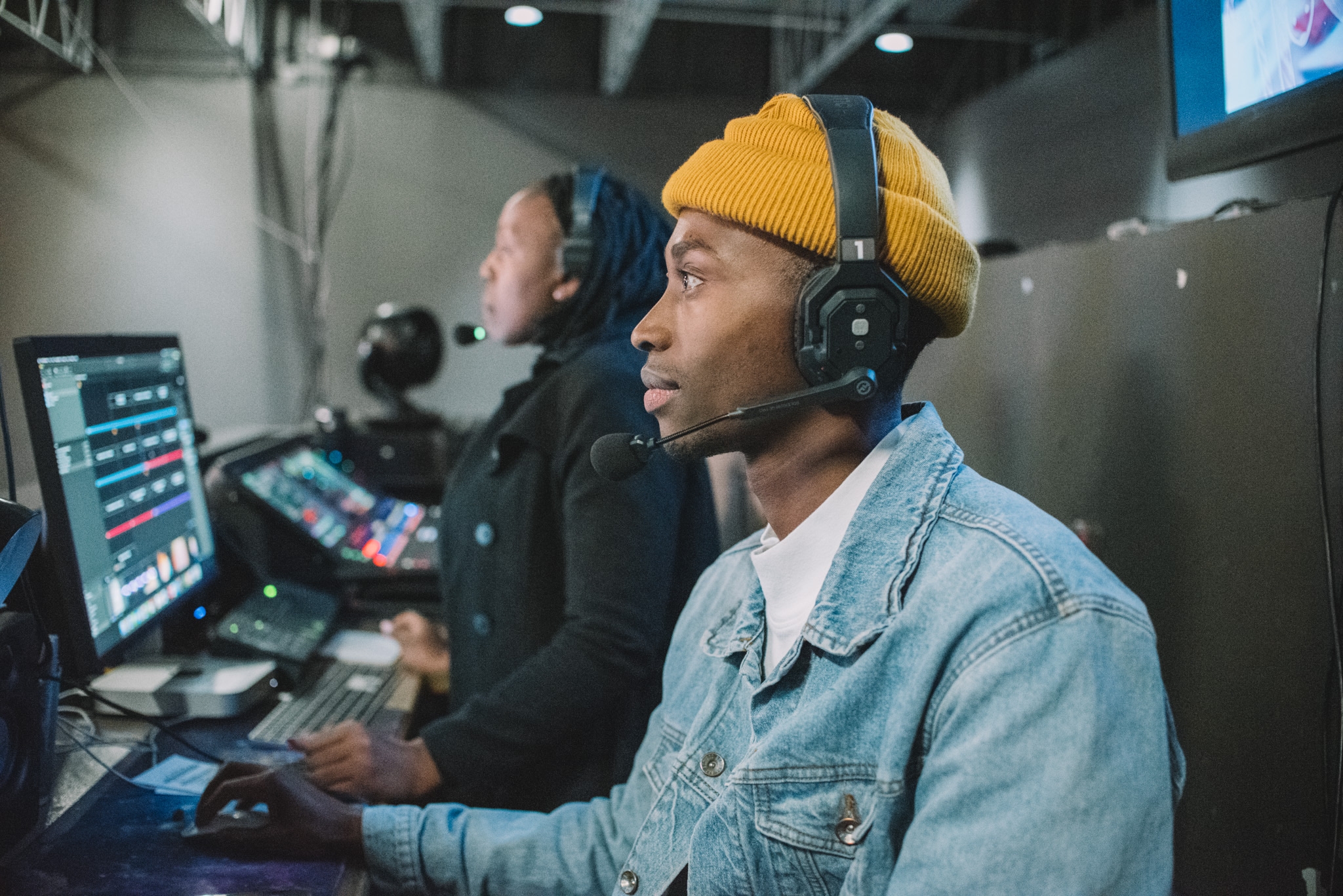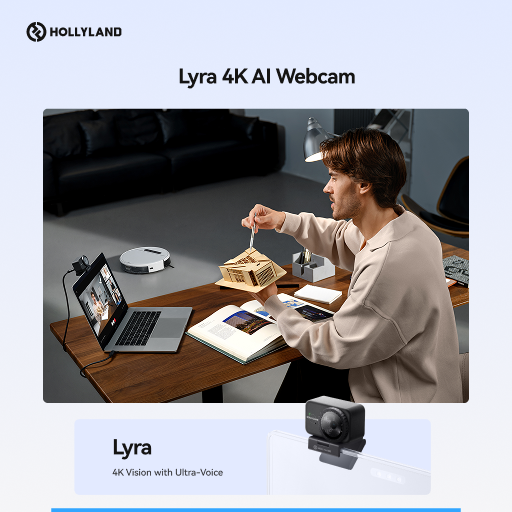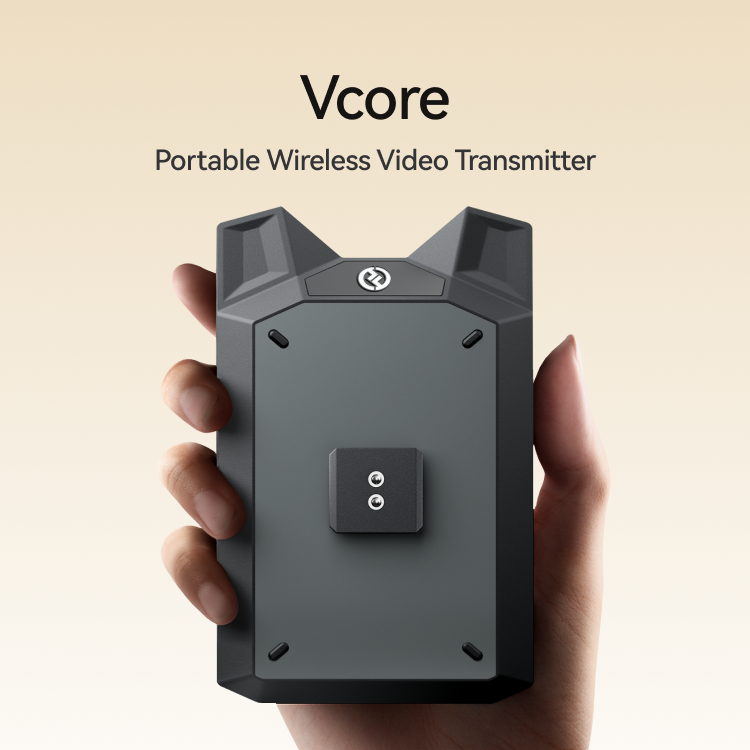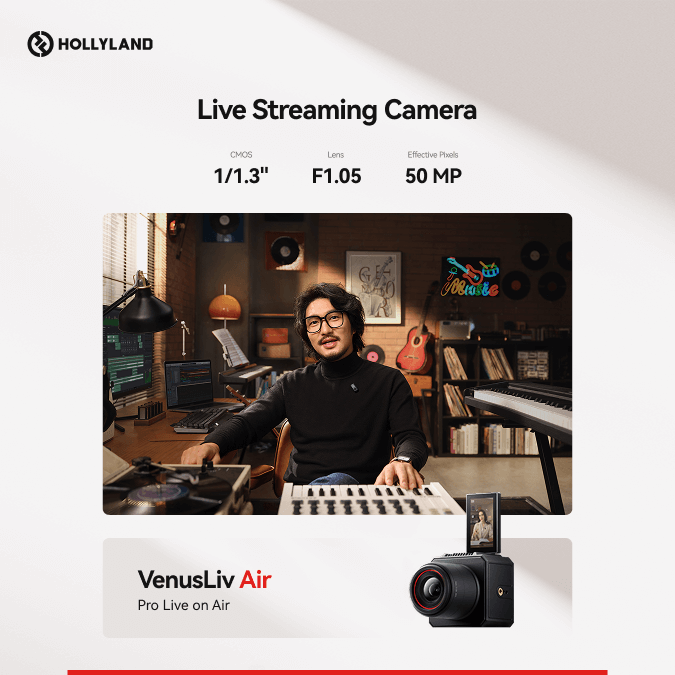Ever stood on a busy street, struggling to hear your interview over traffic noise? We know that pain. Your audience deserves clear audio that captures every word and emotion. The right microphone isn’t just gear—it’s your link to powerful stories.
We’ve all felt that gut punch when great interview footage has terrible sound. Those moments are gone forever. Your work matters too much for that.

Street interviews show real human stories. They give voice to people who need to be heard. With the right mic, you become a true storyteller, bringing authentic voices to your audience.
So, choose wisely. In this article, we will guide you through the key factors to consider before making a purchase. Furthermore, we have some of the best street interview microphones on our list. Let’s dive in and discover them.
7 Key Factors You Must Consider When Selecting a Street Interview Microphone
Durability and Weather Resistance
Your street interview mic must handle tough conditions. Wind, rain, and dust can ruin your audio and harm your equipment. Look for mics with weather protection.
Mesh grilles keep moisture out. This lets you record in bad weather without problems. Rubber mounts protect the mic when you move and cut down on handling noise. Built-in windscreens help keep audio clear on breezy days. For windy spots, add fuzzy “dead cat” covers to block more noise.
Your mic should survive drops, bumps, and regular use. Dynamic mics usually last longer than condenser mics for street work. Buying a tough, weather-ready mic saves money over time. You’ll replace it less often and get better sound in all conditions.
Polar Pattern
The polar pattern controls how your mic picks up sound from different directions. This really affects your street interview quality.
- Omni mics capture sound from all around. They work well when you need to record both you and your guest without moving the mic.
- Cardioid mics focus on sounds from the front while cutting background noise. They’re great for noisy streets when you want to hear just your subject.
- Supercardioid and shotgun mics target sound even more precisely. They work well in very noisy environments but require precise positioning.
Microphone Type

Different mic types fit different street interview needs. Here are some of the microphone types you may consider:
- Dynamic mics handle loud sounds without distortion. They need no power and last a long time in the field.
- Condenser mics are more sensitive, with better sound quality. But they often need power. They’re less common for street work unless they are wireless.
- Wireless microphone systems allow you to move freely during interviews. These systems usually have transmitters and receivers. They maintain a connection over distances greater than 100 meters.
- Handheld reporter mics look professional on camera. People recognize them right away as interview mics.
Noise-Cancellation Capabilities
Street interviews face constant noise problems. Your mic must help isolate voices from background sounds. Find mics with built-in noise reduction. Some have low-cut filters that reduce rumbling from traffic or wind.
Shock mounting cuts handling noise when moving the mic. This stops thumps from ruining your audio. Windscreens and pop filters are must-have extras. They block wind noise and breath sounds that can distort audio.
Sensitivity
Mic sensitivity affects how well it picks up voices at different distances. This matters during active street interviews. High-sensitivity mics keep the volume steady even when people move their heads. This helps when guests don’t hold a perfect mic position.
Good interview mics handle movement without big volume changes. This allows natural talk without constant adjustments. Some mics let you control gain. This helps to tune your audio for different settings.
Frequency Response
Frequency response determines how well your mic captures different sound tones. For interviews, a clear voice matters most. Choose mics made for speech. Many boost the 4-10 kHz range to make voices clearer and easier to understand.
Avoid too much bass response for street interviews. Extra-low sounds can exacerbate traffic noise. Many mics cut bass to help with this.
Portability and Comfort
Your street interview mic should be easy to carry and hold for long periods. Think about weight and size. Small mics can be mounted on cameras or held for hours without tiring you.
Handle length matters for different interview styles. Longer handles are helpful when speaking to groups or maintaining some distance. Comfort features help during long sessions. Look for mics with good balance and non-slip grips.
Wireless systems offer freedom but need battery power. Long battery life helps during full days of shooting. Carrying cases protect your gear between uses. Think about how you will transport and store your mic. Select a microphone that suits your needs and budget. Consider where you’ll record, what technology you need, and what feels right for you.
Best Street Interview Microphone to Buy
1- Hollyland Lark M2S

The Hollyland Lark M2S is a tiny wireless mic system perfect for street interviews. The transmitters are just 1.3 cm x 0.63 cm and weigh only 7 g, making them nearly invisible. It delivers clear 24-bit audio with one-touch noise cancellation to cut down street sounds. The signal extends up to 1,000 feet, providing you with ample room to move. With no logos and a strong titanium clip, it stays secure without being seen. The battery lasts for 9 hours. The charging case adds another 30 hours. That’s plenty for long shooting days.
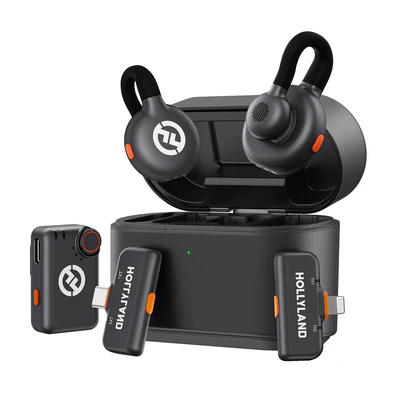
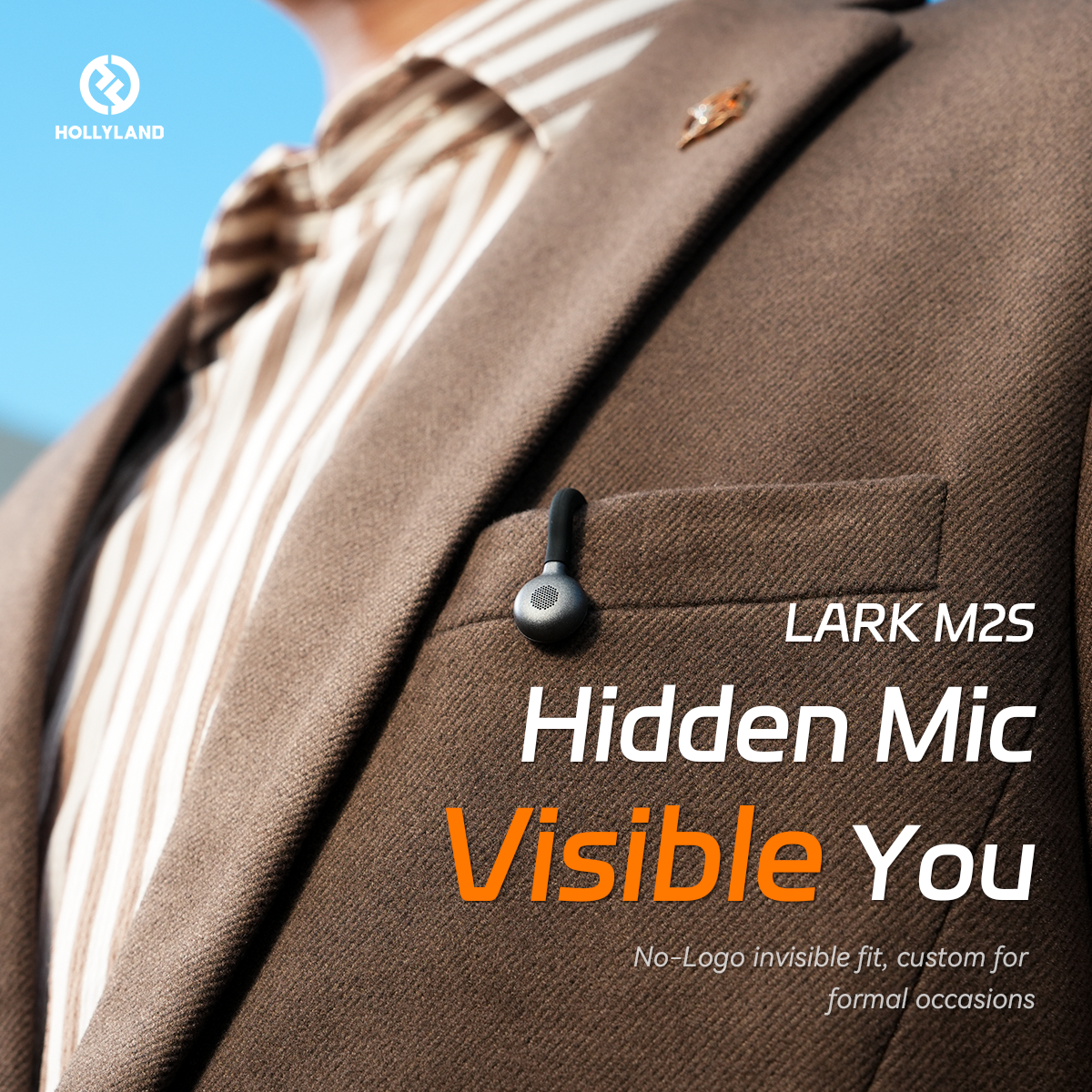
Hollyland LARK M2S - Wireless Hidden Microphone
An ultra-discreet wireless microphone featuring a clip-on transmitter for an “invisible” fit.
Key Features: No-Logo Fit | Ti+ Design | 48 kHz/24-bit
2- Rode Street Interview Kit

The Rode Street Interview Kit transforms a wireless mic into a handheld reporter mic. It gives a professional look on camera. It features smart technology that automatically adjusts audio levels. This way, you won’t have to change settings during interviews. The kit comes with everything: transmitter, receiver, cables, and windshields for outdoor use. It works reliably up to 100 meters away and includes a thick windshield to block wind noise. This all-in-one package is easy to set up and perfect for reporters on the move.
3- SYNCO Wireless Lavalier Microphone, G2(A2)

The SYNCO G2(A2) is an affordable dual wireless microphone system featuring color screens that display battery life and audio levels. It sends a stable signal up to 656 feet in open areas or 164 feet around obstacles. You can adjust the sound with six levels of gain control and quick noise reduction. It has a clever Safety Channel that records backup audio at a lower volume to prevent distortion from sudden loud noises. With no delay and 8 hours of battery life, it’s great for street interviews. The small size (52x42x17mm) and lightweight (39g) make it easy to hide while recording.
Key Takeaway
Selecting the right microphone for street interviews is crucial to capturing high-quality sound outdoors. Think about what matters most for your work. Consider key factors such as durability, weather resistance, noise cancellation capabilities, and comfort for extended use. There’s no perfect mic for everyone. Choose one that fits your needs and budget. With the right mic, you’ll capture clear, professional audio even in noisy street settings.
FAQs
What kind of microphone is best for noisy street interviews?
For noisy streets, choose a dynamic microphone with a super-cardioid pattern. These focus on sounds directly in front while blocking side noise. Look for reporter-style handheld mics with built-in wind protection and handling noise rejection to capture clear voices despite traffic and crowd noise.
Should I use a wireless or wired microphone for street interviews?
Choose based on your movement needs. Wireless mics offer freedom for following subjects or moving through crowds. Wired mics provide more reliable audio without signal dropouts or battery concerns. For stationary interviews, wired works well. For active reporting, wireless systems offer advantages despite higher costs.
How can I reduce wind noise when recording outdoors?
Use multiple wind protection layers – foam windshields for light breezes and furry “dead cat” covers for stronger winds. Position subjects near natural windbreaks like walls or vehicles. Place lavalier mics under clothing. Make small position adjustments to reduce wind problems. Use your subject’s body as a windshield. Enable low-cut filters to reduce rumbling without affecting voice quality.
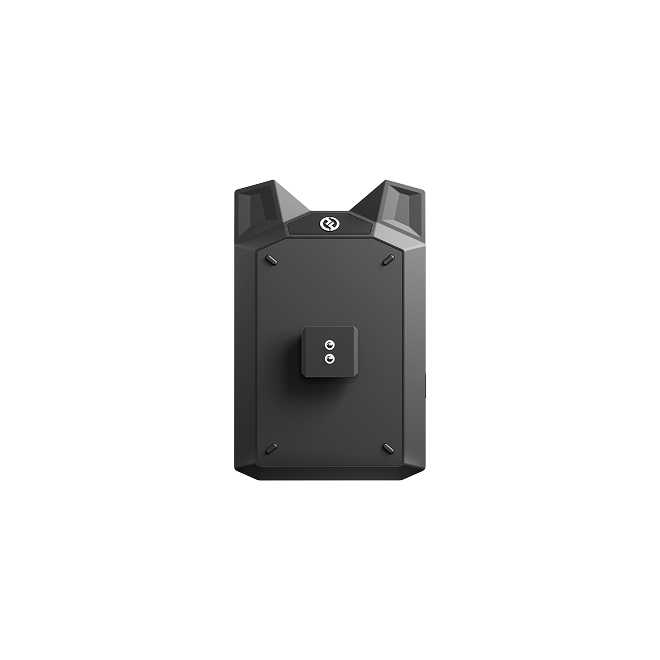

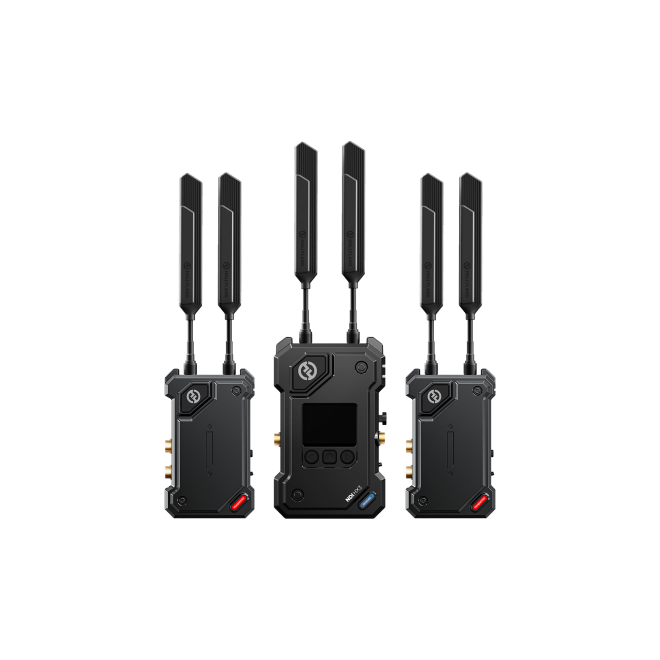
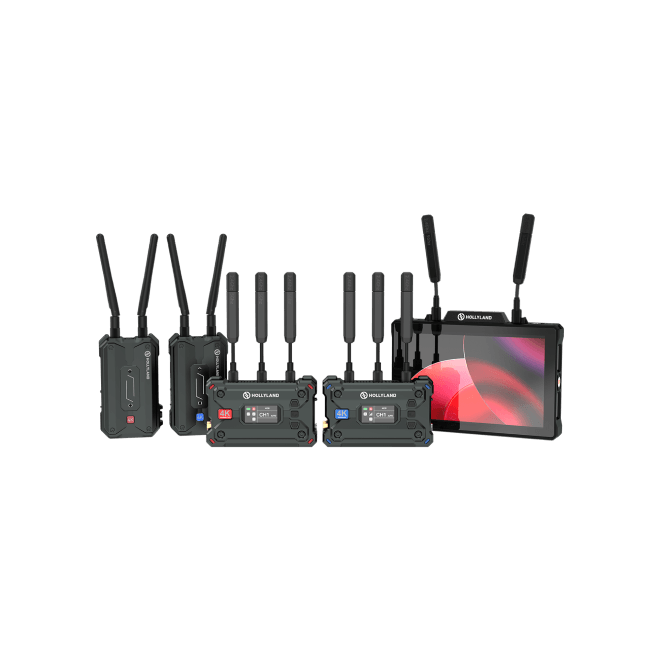
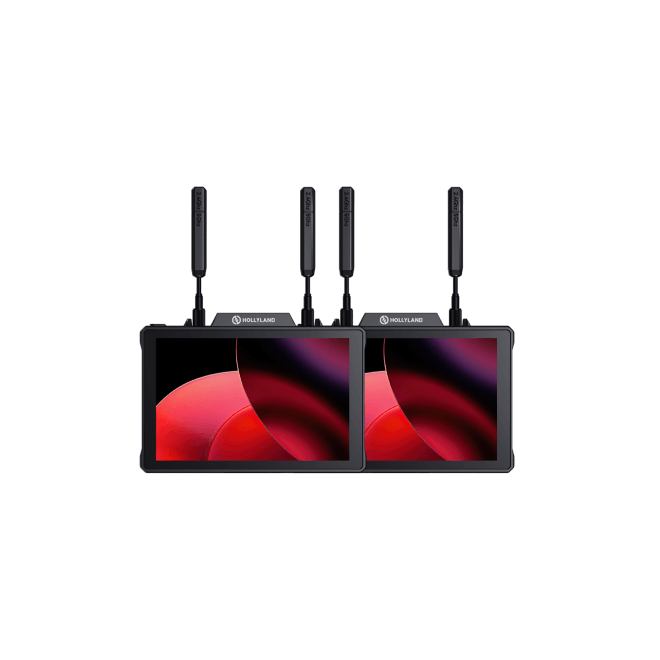
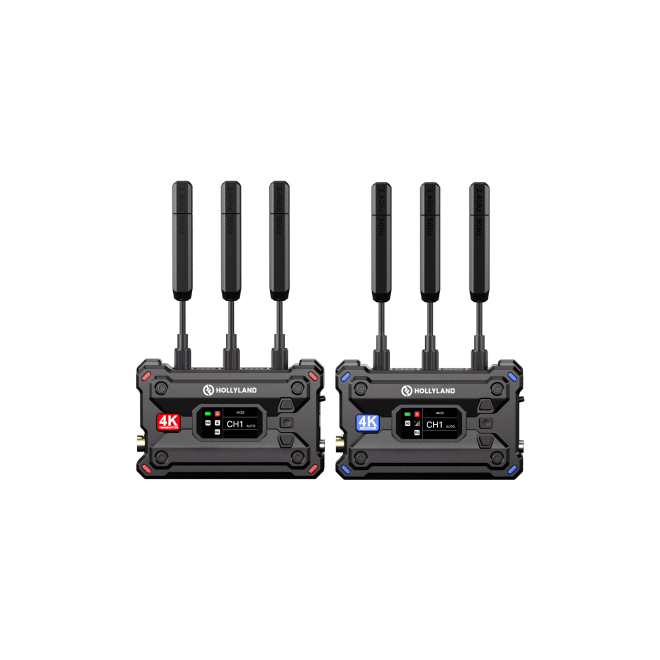
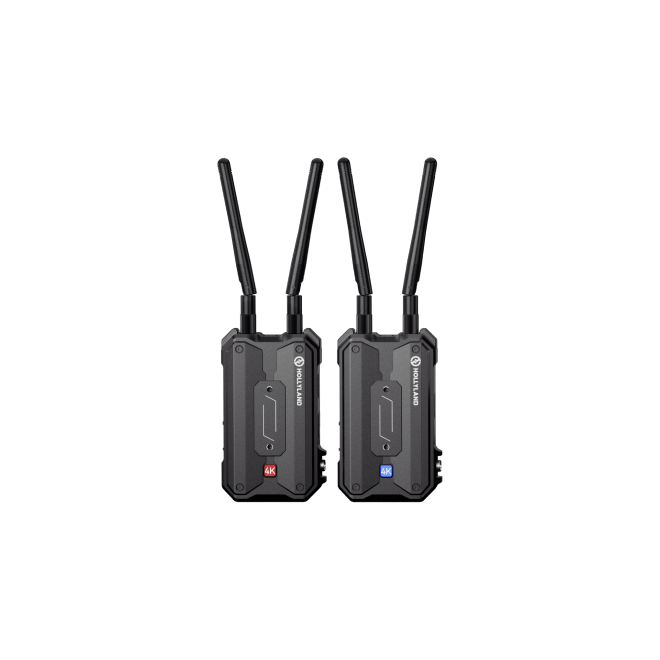
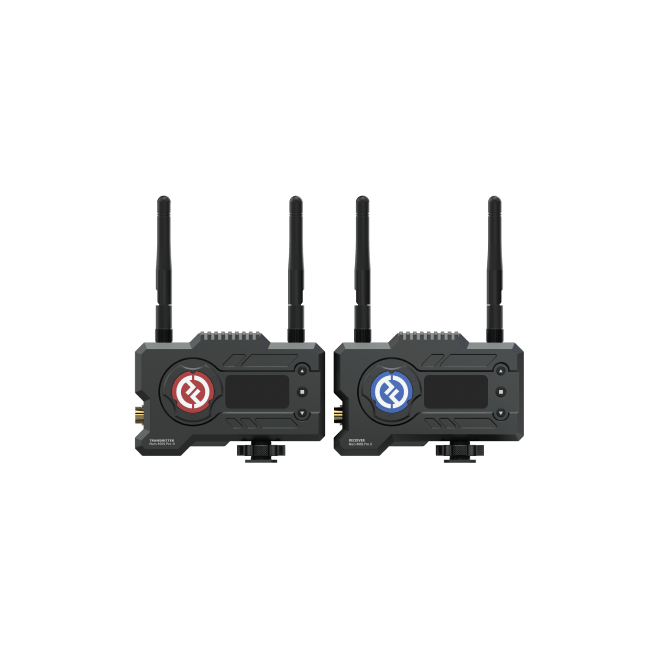
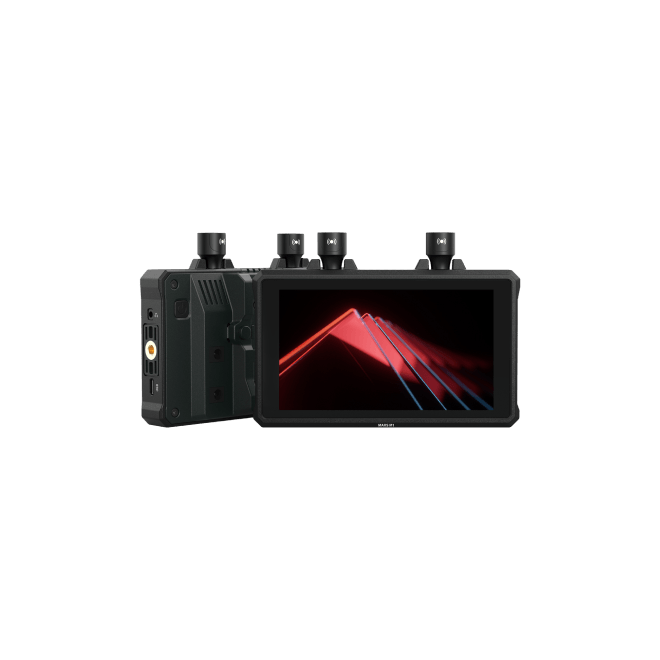
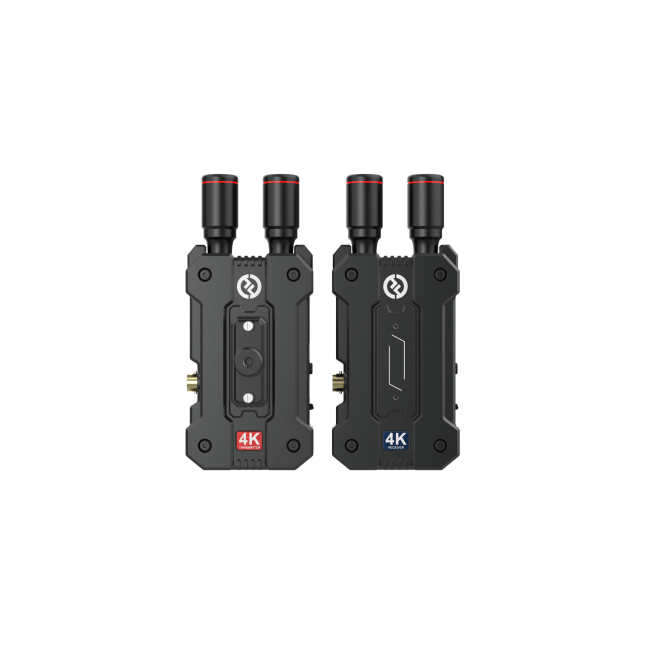
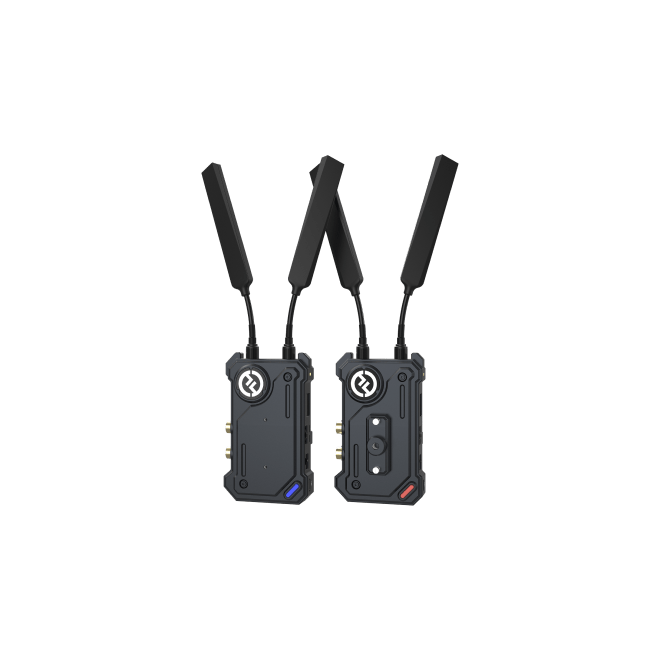
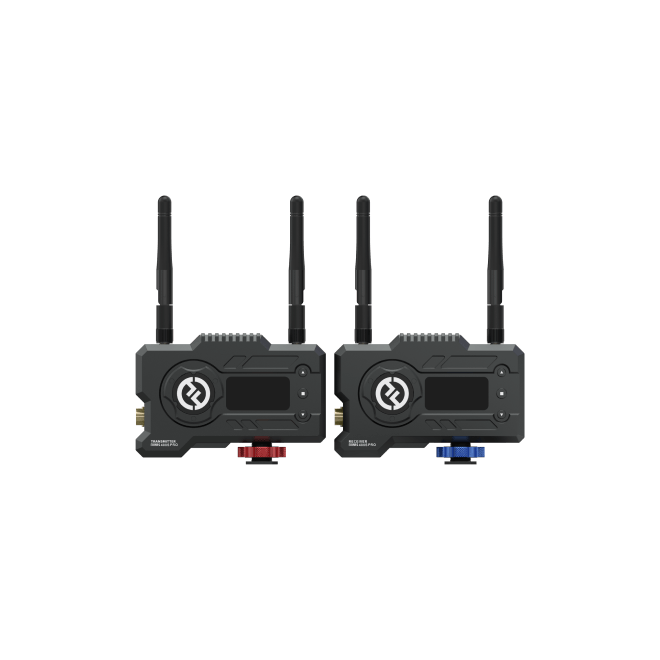
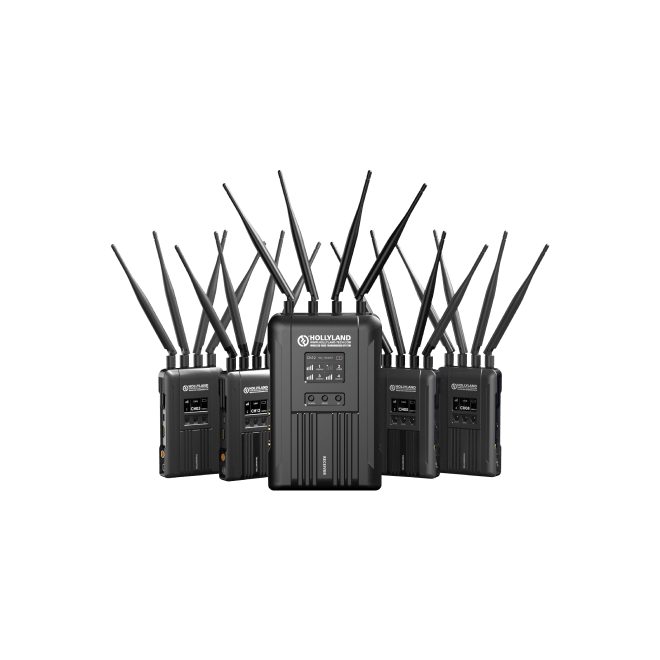
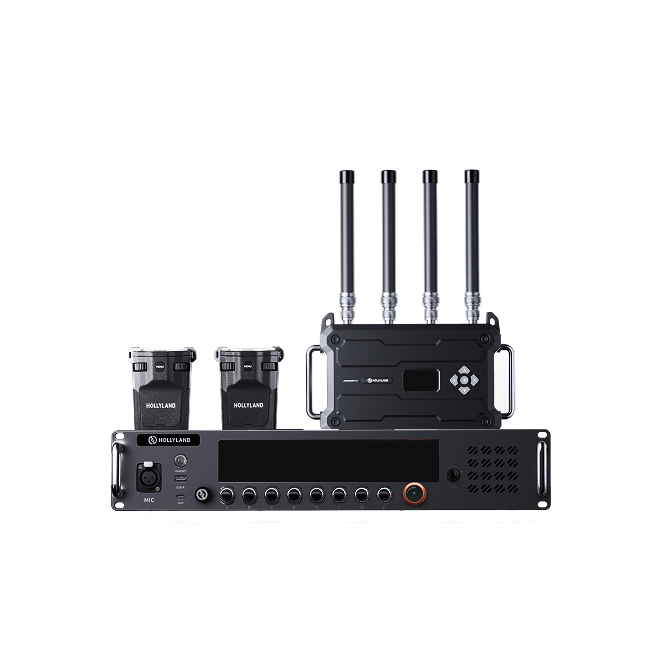

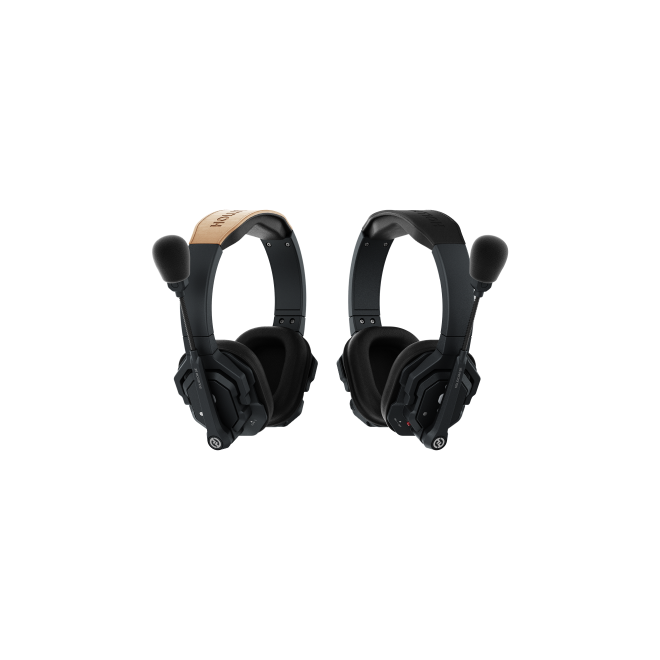

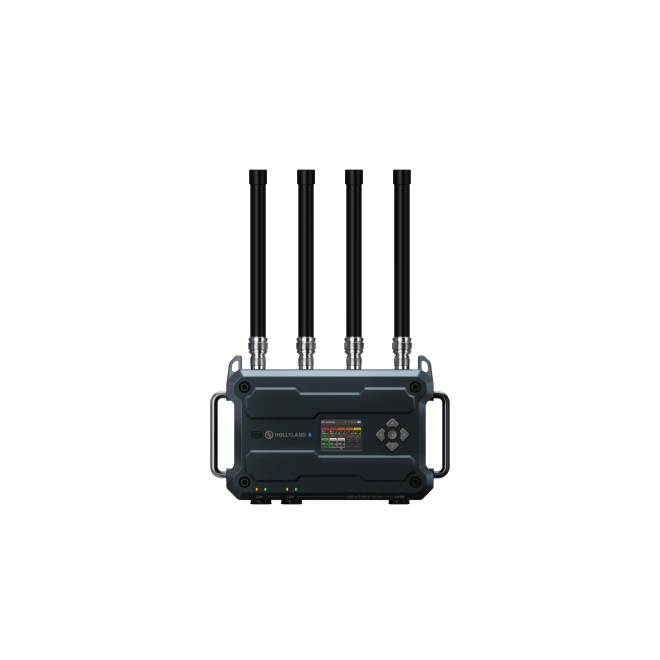
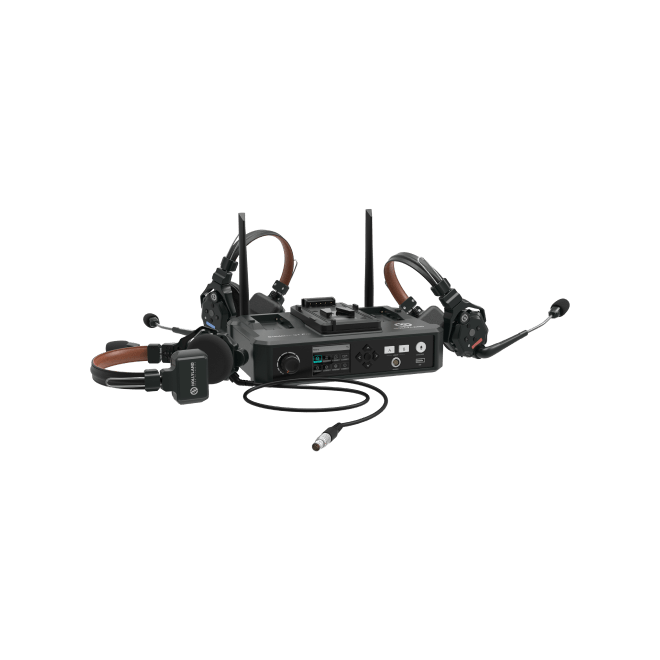
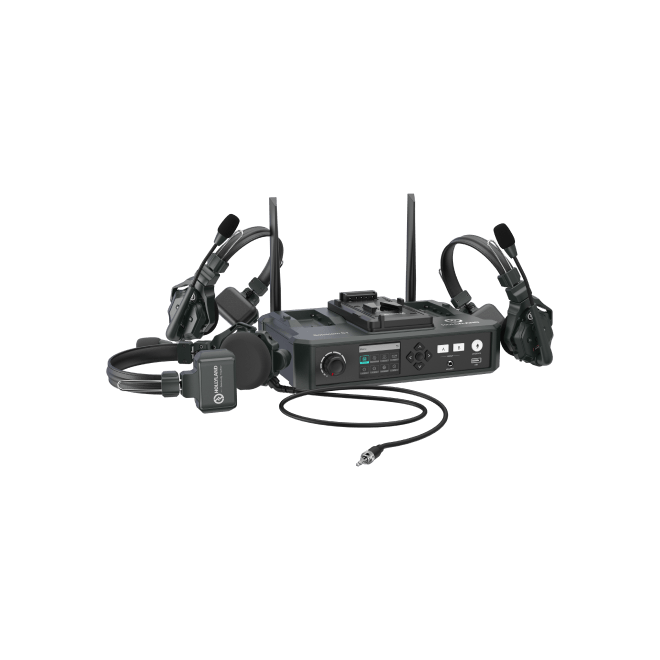
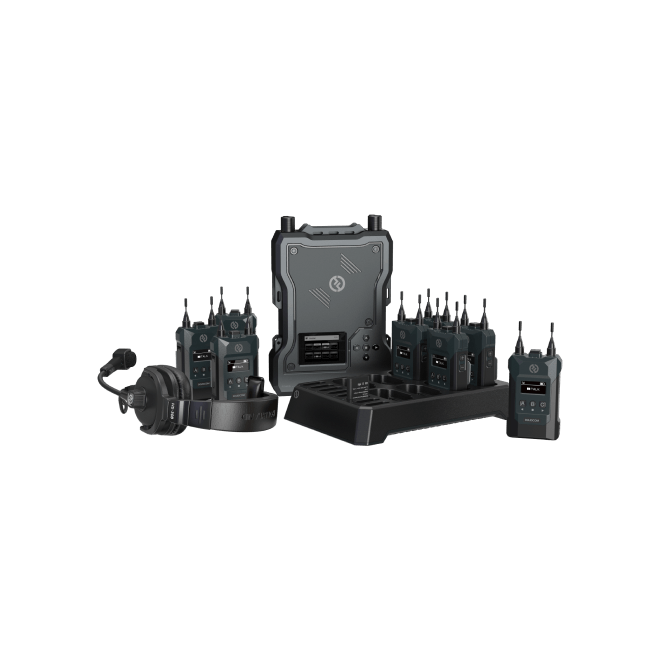
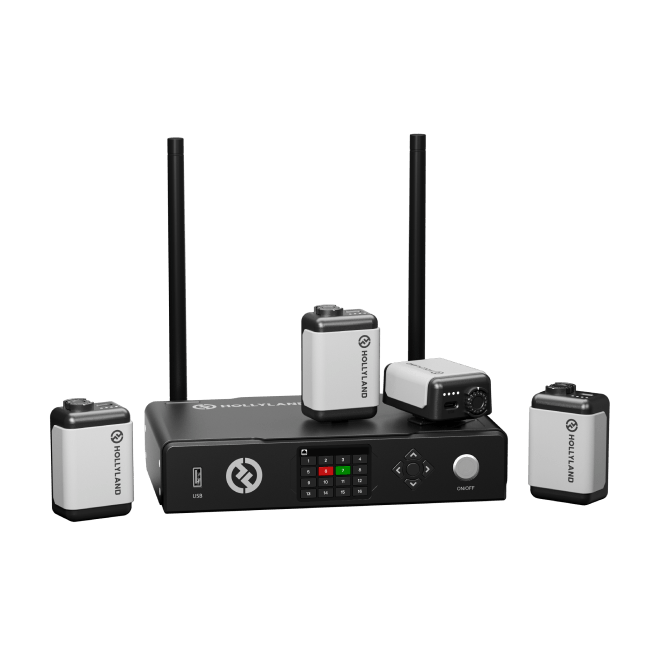
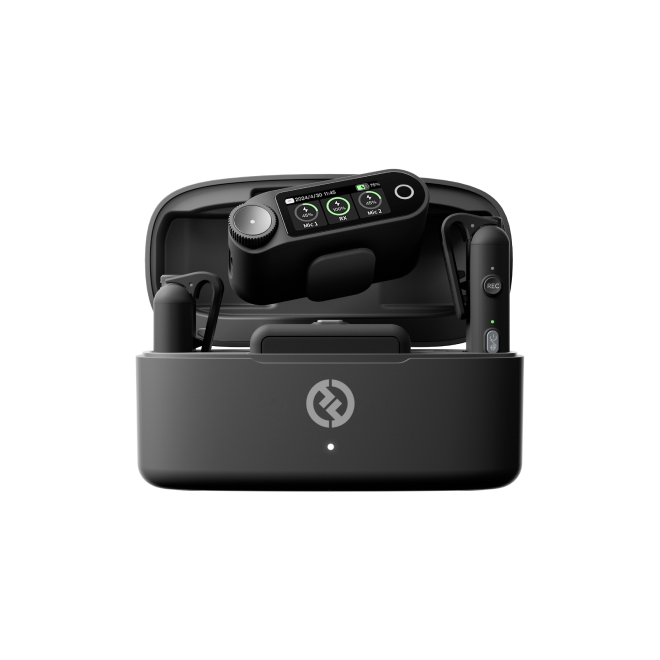
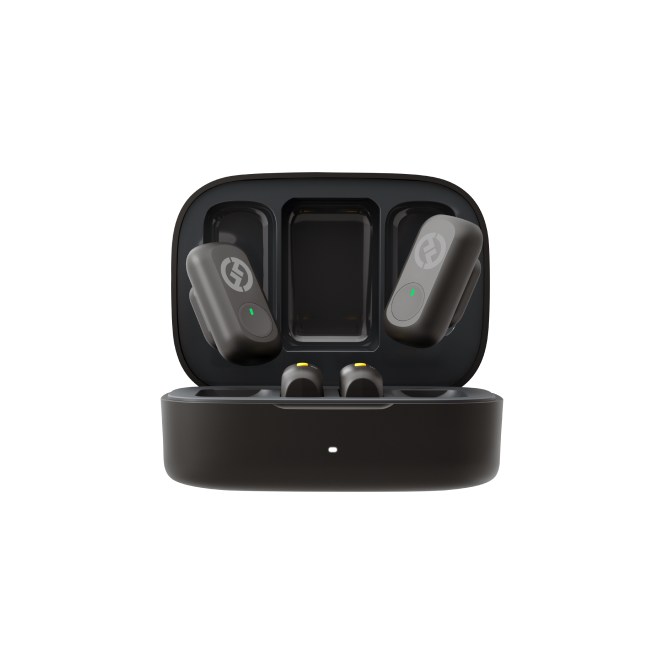

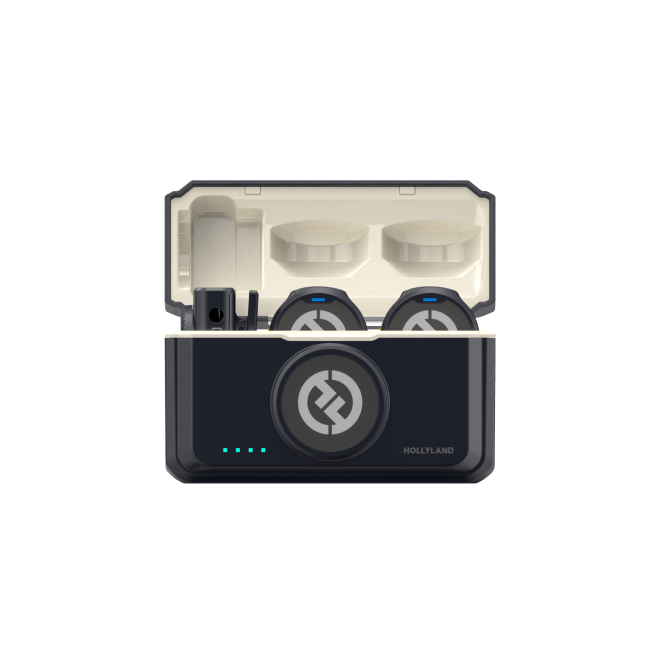
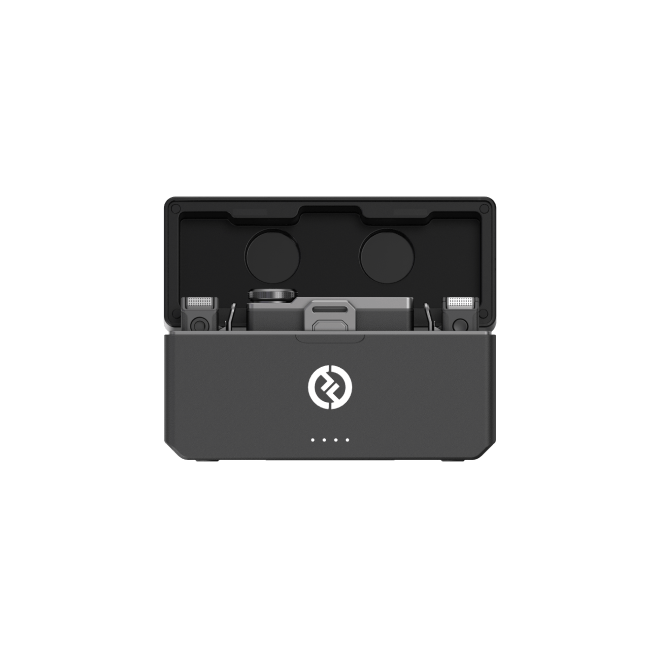
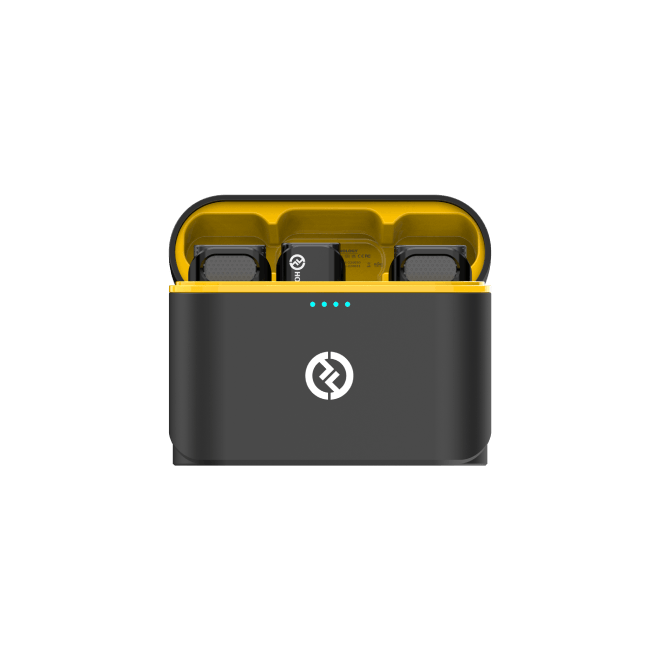
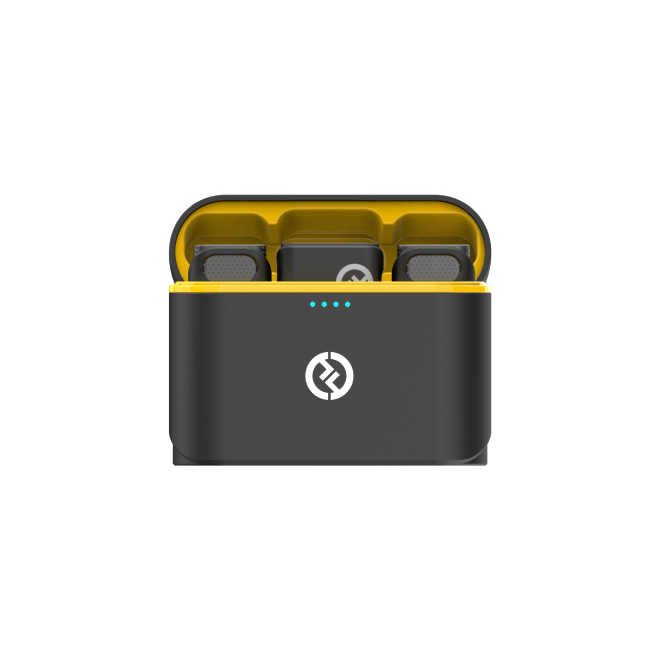
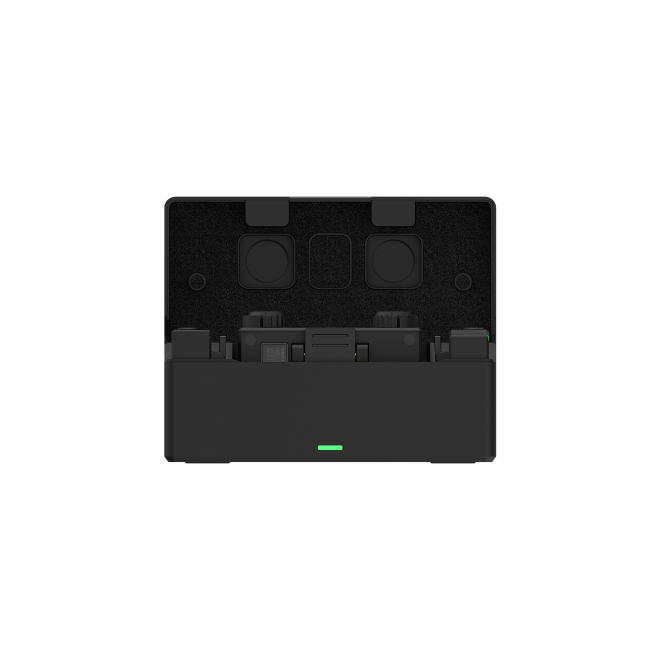
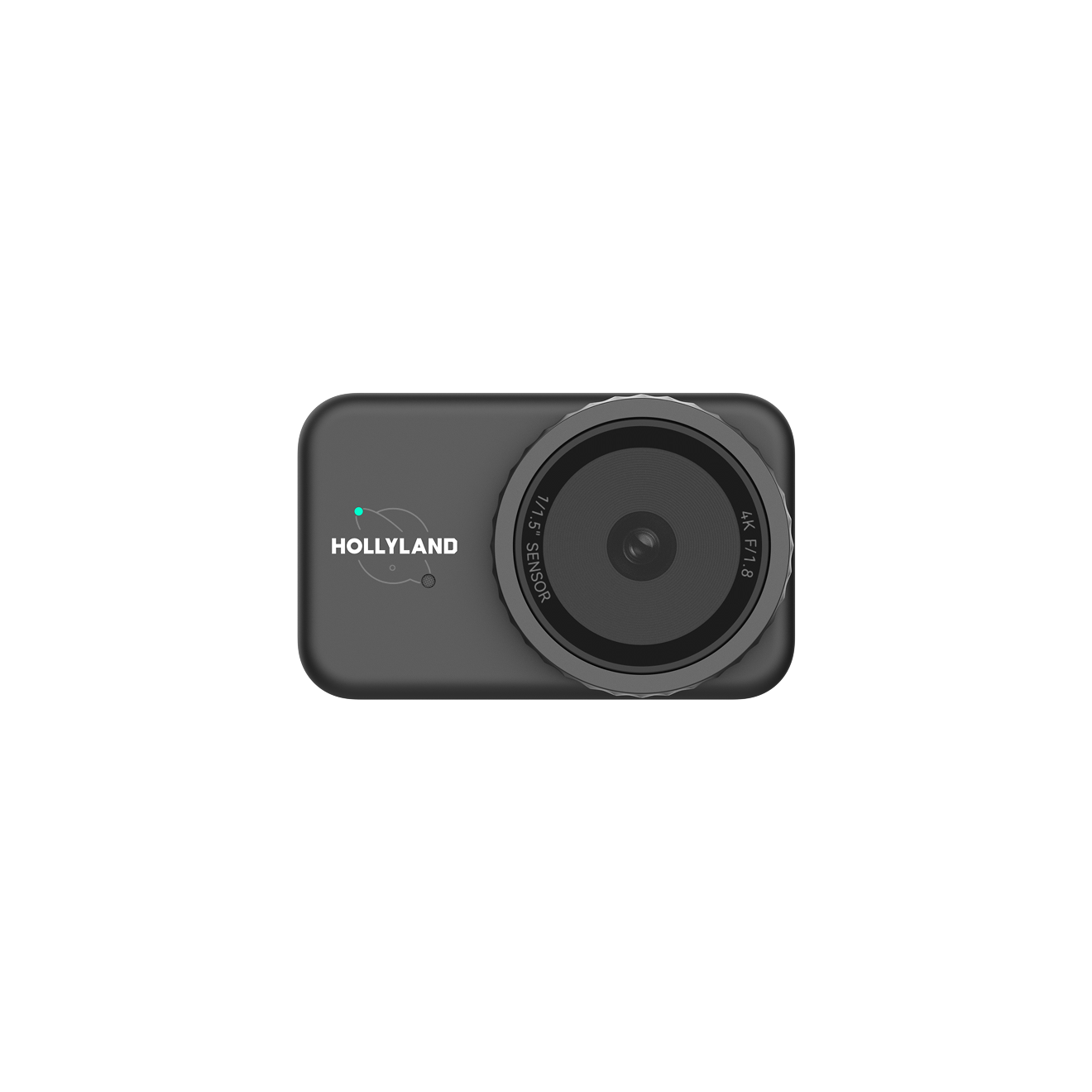

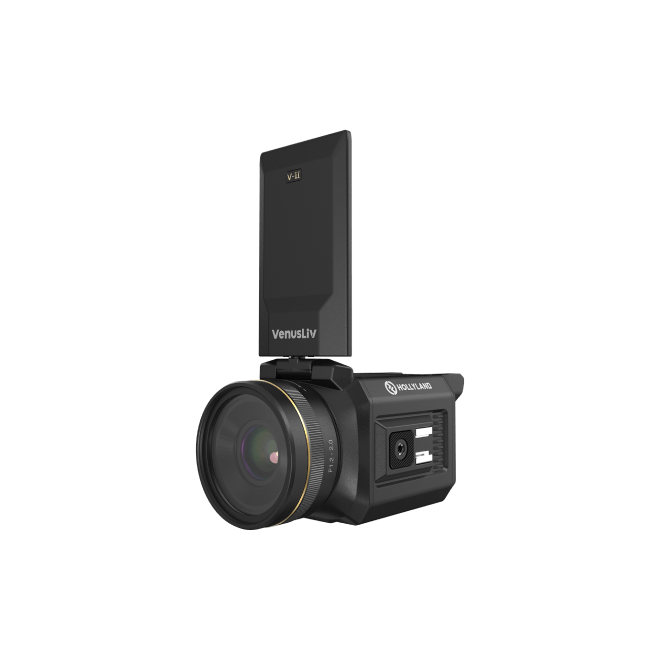
.png)


